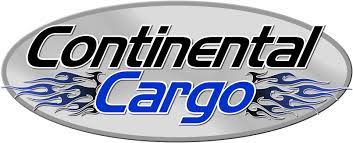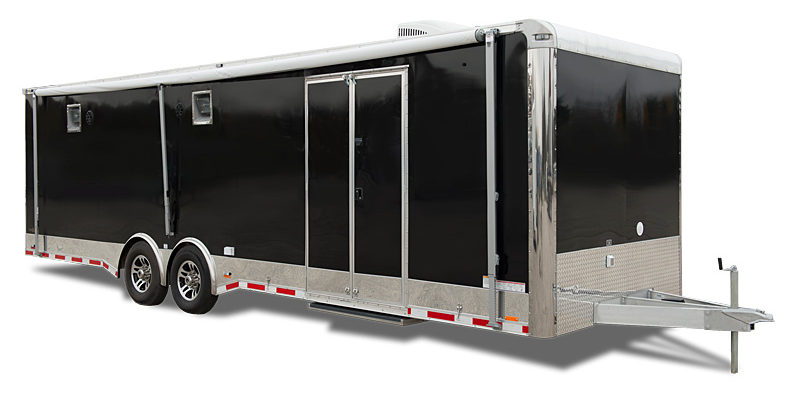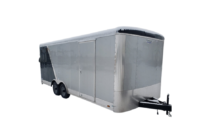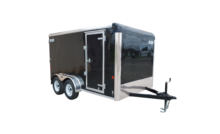Accessory weight
The combined weight (in excess of those standard items which may be replaced) of automatic transmission, power steering, power brakes, power windows, power seats, radio and heater to the extent that these items are available as factory – installed equipment (whether installed or not).
Bead
The part of the tire that is made of steel wires, wrapped or reinforced by ply cords and that is shaped to fit the rim.
Bead separation
This is the breakdown of the bond between components in the bead.
Bias ply tire
A pneumatic tire in which the ply cords that extend to the beads are laid at alternate angles that are substantially less than 90 degrees to the centerline of the tread.
Carcass
The tire structure, except tread and sidewall rubber which, when inflated, bears the load.
Chunking
The breaking away of pieces of the tread or sidewall.
Cold inflation pressure
The pressure in the tire before you drive.
Cord
The strands forming the plies in the tire.
Cord separation
The parting of cords from adjacent rubber compounds.
Crackin
Any parting within the tread, sidewall, or inner liner of the tire extending to core material. A pneumatic tire with an inverted flange tire and rim system in which the rim is designed with rim flanges pointed radially inward and the tire is designed to fit on the underside of the rim in a manner that encloses the rim flanges inside the air cavity of the tire.
Curb weight
The weight of a motor vehicle with standard equipment including the maximum capacity of fuel, oil, and coolant, and, if so equipped, air conditioning and additional weight optional engine.
Extra load tire
A tire designed to operate at higher loads and at higher inflation pressures than the corresponding standard tire.
Groove
The space between two adjacent tread ribs.
Gross Vehicle Weight Rating (GVWR)
The maximum permissible weight of this fully loaded vehicle.
Gross Axle Weight Rating (GAWR)
The maximum permissible weight, including cargo, fluids, optional equipment and accessories that can be safely supported by each axle.
Hitch weight
The vertical trailer load supported by the hitch ball.
Innerliner
The layer(s) forming the inside surface of a tubeless tire that contains the inflating medium within the tire.
Innerliner separation
The parting of the innerliner from cord material in the carcass.
Intended outboard sidewall
The sidewall that contains a white-wall, bears white lettering or bears manufacturer, brand, and/or model name molding that is higher or deeper than the same molding on the other sidewall of the tire or the outward facing sidewall of an asymmetrical tire that has a particular side that must always face outward when mounted on a vehicle.
Light truck (LT) tire
A tire designated by its manufacturer as primarily intended for use on lightweight trucks or multi-purpose passenger vehicles.
Load rating
The maximum load that a tire is rated to carry for a given inflation pressure.
Maximum load rating
The load rating for a tire at the maximum permissible inflation pressure for that tire.
Maximum permissible inflation pressure
The maximum cold inflation pressure to which a tire may be inflated.
Maximum loaded vehicle weight
The sum of curb weight, accessory weight, vehicle capacity weight, and production options weight.
Measuring rim
The rim on which a tire is fitted for physical dimension requirements.
Non-pneumatic rim
A mechanical device which, when a non-pneumatic tire assembly incorporates a wheel, supports the tire and attaches, either integrally or separably, to the wheel center member and upon which the tire is attached.
Non-pneumatic spare tire assembly
A non-pneumatic tire assembly intended for temporary use in place of one of the pneumatic tires and rims that are fitted to a passenger car in compliance with the requirements of this standard.
Non-pneumatic tire
A mechanical device which transmits, either directly or through a wheel or wheel center member, the vertical load and tractive forces from the roadway to the vehicle, generates the tractive forces that provide the directional control of the vehicle, and does not rely on the containment of any gas or fluid for providing those functions.
Non-pneumatic tire assembly
A non-pneumatic tire, alone or in combination with a wheel or wheel center member, which can be mounted on a vehicle.
Normal occupant weight
This means 68 kilograms (150 lbs.) times the number of occupants.
Occupant distribution
The distribution of occupants in a vehicle.
Open splice
Any parting at any junction of tread, sidewall, or innerliner that extends to cord material.
Outer diameter
The overall diameter of an inflated new tire.
Overall width –
The linear distance between the exteriors of the sidewalls of an inflated tire, including elevations due to labeling, decorations, protective bands or ribs.
Pin Weight
The vertical trailer load supported by the king pin of a fifth wheel hitch.
Ply – A layer of rubber-coated parallel cords.
Ply separation
A parting of rubber compound between adjacent plies.
Pneumatic tire
A mechanical device made of rubber, chemicals, fabric and steel or other materials that, when mounted on an automotive wheel, provides the traction and contains the gas or fluid that sustains the load.
Production options weight
The combined weight of those installed regular production options weighing over 2.3 kilograms (5 lbs.) in excess of those standard items which they replace not previously considered in curb weight or accessory weight, including heavy-duty brakes, ride levelers, roof rack, heavy-duty battery, and special trim.
Radial ply tire
A pneumatic tire in which the ply cords that extend to the beads are laid at 90 degrees to the centerline of the tread.
Recommended inflation pressure
This is the inflation pressure provided by the vehicle manufacturer on the Tire Information label and on the Certification/VIN tag.
Reinforced tire
A tire designed to operate at higher loads and at higher inflation pressures than the corresponding standard tire.
Rim – A metal support for a tire or a tire and tube assembly upon which the tire beads are seated.
Rim diameter
This means the normal diameter of the bead seat.
Rim size designation
This means the rim diameter and width.
Rim type designation
This means the industry’s or manufacturer’s designation for a rim by style or code.
Rim width
This means the nominal distance between rim flanges.
Section width
The linear distance between the exteriors of the sidewalls of an inflated tire, excluding elevations due to labeling, decoration, or protective bands.
Sidewall
That portion of a tire between the tread and bead.
Sidewall separation
The parting of the rubber compound from the cord material in the sidewall.
Test rim
The rim on which a tire is fitted for testing, and may be any rim listed as appropriate for use with the tire.
Tread
That portion of a tire that comes into contact with the road.
Tread rib
A tread section running circumferentially around a tire.
Tread separation
Pulling away of the tread from the tire carcass.
Tread wear indicators (TWI)
The projections within the principal grooves designed to give a visual indication of the degrees of wear of the tread.
Vehicle capacity weight
The rated cargo and luggage load plus 68 kilograms (150 lbs.) times the vehicle’s designated seating capacity.
Vehicle maximum load on the tire
The load on an individual tire that is determined by distributing to each axle its share of the maximum loaded vehicle weight and dividing by two.
Vehicle normal load on the tire
The load on an individual tire that is determined by distributing to each axle its share of the curb weight, accessory weight, and normal occupant weight and dividing by two.
Weather side
The surface area of the rim not covered by the inflated tire.
Wheel center member
In the case of a non-pneumatic tire assembly incorporating a wheel, a mechanical device which attaches, either integrally or separably, to the non-pneumatic rim and provides the connection between the non-pneumatic rim and the vehicle; or, in the case of a non-pneumatic tire assembly not incorporating a wheel, a mechanical device which attaches, either integrally or separably, to the non-pneumatic tire and provides the connection between tire and the vehicle.
Wheel-holding fixture
- The fixture used to hold the wheel and tire assembly securely during testing.
- You may obtain the original copy of The National Highway Traffic Safety Administration (NHTSA) brochure from:






